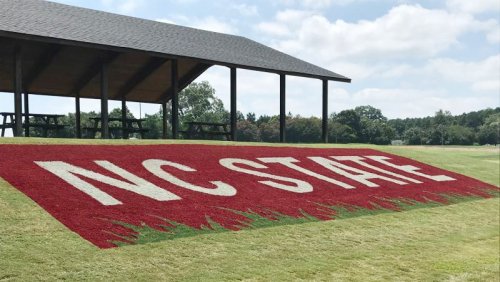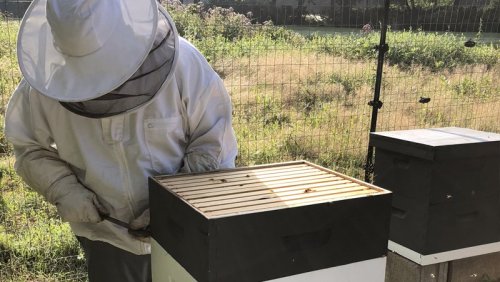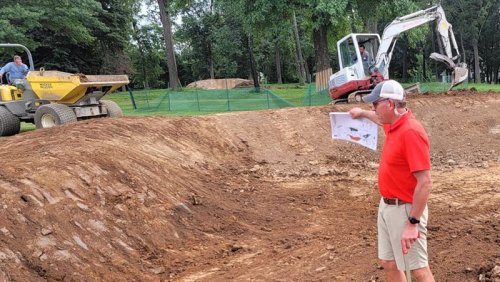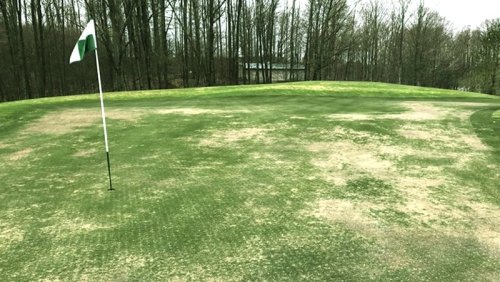
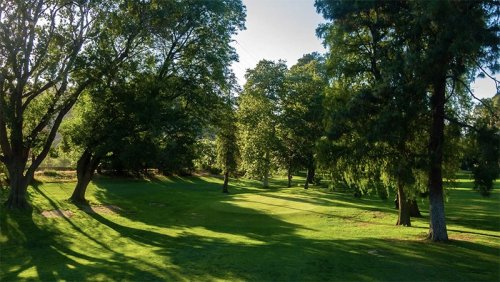
With a population of nearly 4 million, Los Angeles is the country's second-largest city, but thanks to a 12-month playing season it is easily the nation's largest golf market. Despite the demand, LA has few affordable public-access golf options, an inventory that includes a municipal lineup of seven 18-hole, three nine-hole and two par-3 facilities and just a handful of overpriced daily-fee courses, some of which have green fees that exceed $200.
Green fees at the city's municipal courses range from about $10 to $50 depending on day of the week and time of day. That's if you can get a tee time.
Residents have complained to city officials for the past several years that prime tee times are gobbled up by third-party providers who resell them at a markup of $40 to $50, thus preventing many LA residents from accessing publicly owned utilities.
The issue of brokered tee times on publicly owned golf courses went largely ignored by city officials until a recently released video by Dave Fink, a Southern California teaching pro, that alleges all the best tee times are being sold primarily to the city's Korean population through a series of bots owned by Korean entities.
When tee times appear on the city's reservation system all of the most sought-after times are gone in a matter of seconds.
Many of the tee times are brokered through the Korean-owned Kakao.chat mobile app. There are others, but no one seems to know how many. Those inside the Southern California golf market say the problem of bots gobbling up tee times was exposed when members of LA's Korean golf community, who recognize the problem, outed the brokers to local media.
"I have no idea how many (brokers) there are," said Craig Kessler, government relations director for the Southern California Golf Association. "They're difficult to find. They've only been exposed because people in the Korean golf community have exposed them."
Representatives of the Kakao app have not responded to requests for comment.
The controversy has shed light on a larger issue in an area where public golf is mostly unpopular with elected officials. Most recently, proposed legislation that would have provided financial incentives to California municipalities to convert publicly owned golf courses into high-density housing died in committee.
Securing tee times at Los Angeles municipal golf courses, including Los Feliz (above), has been the subject of controversy. "This is not a Korean problem. This is an accessibility problem," Kessler said.
"There used to be many daily fee courses in Los Angeles. Now, there aren't any. Well, there are a few, but they are not affordable."
Part of the problem for golf in California, where affordable housing and land both are in short supply, has been messaging. The city's professional sports teams that play on turf, including the Dodgers, Rams, Chargers and Galaxy, reinvest back into the community and they make sure the residents of LA know about it. Golf does not do the same.
"You don't hear people saying the same thing about soccer fields that they say about golf courses," Kessler said.
City officials are now listening, and the public spoke out loudly at a recent Los Angeles Golf Commission meeting.
"I attended the golf commission meeting, and I was impressed with the people who attended. They made their opinions known," Kessler said. "It is clear to elected officials here now that golf courses are important to people here. They care and the golf courses are packed. If I'm an office holder, I wouldn't mess with these people."
Kessler said other large cities are seeing similar challenges to accessible and affordable public golf.
"(Assembly Bill) 1910 showed that if you go after public golf courses there is nowhere to play golf. That is the story in urban America," Kessler said.
"Accessibility to public golf in population centers is a reflection of local politics. Leadership is not invested in it, because they don't understand it. That's a problem for golf, because how do you grow a game if there is nowhere to go?"
With or without brokers, the city's municipal golf courses are always busy, with as many as 90,000 to 100,000 rounds per course per year, according to the SCGA.
If the brokers disappeared overnight, it would still be difficult to get one of the coveted prime tee times.
- Read more...
- 3,124 views



